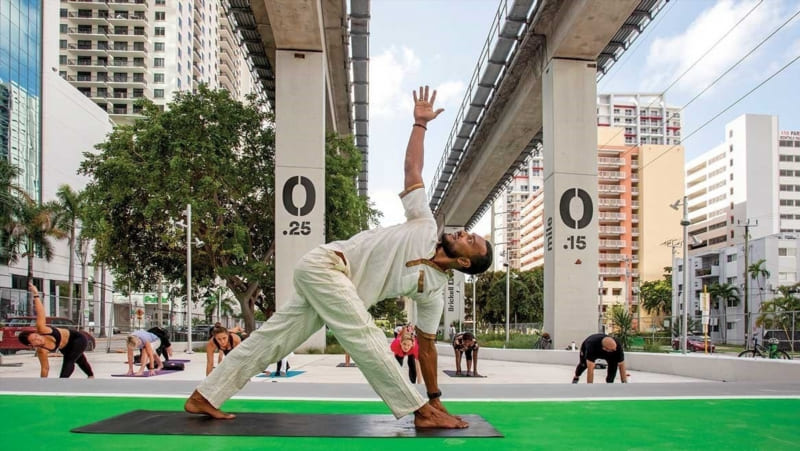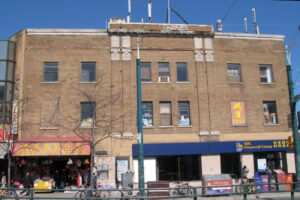Nenshi’s Stand: Why Calgary’s Living Room Became a Protest Haven
When 2011 rolled around, a storm of activism and political engagement engulfed various parts of the globe. Nestled in the heart of Canada, Calgary became one of those focal points. And at the center of it all was Nenshi, a visionary leader who saw the value of providing a platform for voices longing to be heard.
Why would a leader allow activists to occupy such a public space, colloquially termed “Calgary’s Living Room”? Perhaps it was his understanding of the public sphere as a genuine place for dialogue and debate. Sometimes, letting the kettle whistle is far better than letting it explode.
Understanding the Power of Public Spaces
Public spaces have always served as platforms for the exchange of ideas. Whether it’s the ancient Greeks spewing philosophy in the Agora or activists congregating in modern-day parks, there’s an age-old understanding here. Such spaces are more than just bricks and trees; they’re symbolic arenas for democracy in action.
Imagine, if you will, taking away this platform. The silence can be deafening and often leads to eruptions in less-controlled environments. By recognizing this, Nenshi, in a way, was actually preserving the peace while promoting discourse.
The Global Context: A World in Flux

To appreciate Nenshi’s decision, one needs to peek at the global scenario of 2011. The world was not just watching Calgary; eyes were on Wall Street, London, Madrid, and more. It was the era of Occupy, and global discontent was making itself heard. To give it a local context and a safe platform was nothing short of visionary.
Reactions and Reverberations: What Calgary’s Decision Meant for the World
To say that Nenshi’s choice was met with a mixed bag of reactions would be an understatement. However, decisions that matter often split the room.
- Some lauded him, seeing the decision as a brave stance in support of democratic values.
- Critics argued it was a move that could embolden unruly activists and lead to law and order issues.
But let’s cut through the noise. Beyond local boundaries, what did this decision signal to the world?
- Tolerance in Governance: Calgary became an example of how cities could handle dissent with grace. By not resorting to immediate force or suppression, a message of tolerance was sent.
- A Return to Dialogue: In an era where social media often dominated discourse, the decision highlighted the importance of face-to-face dialogue. It was a nod to the old school, where debates happened in real-time, not behind screens.
- Empowerment: By allowing protestors this platform, Nenshi inadvertently empowered them. It was a message that their voices mattered and deserved a space.
A Look Back: What’s the Legacy of This Decision?
Time has a way of adding perspective. So, a decade on, what’s the takeaway from this chapter in Calgary’s history?
For one, the city emerged as an example of maturity in handling civic activism. Instead of adding to the list of cities with violent crackdowns, it charted its own path. While there were challenges, the overall approach emphasized dialogue over suppression.
Moreover, for many activists, “Calgary’s Living Room” became a rite of passage. It was where they cut their teeth in civic engagement, learning the ropes of peaceful protest and dialogue.
The Takeaway: Embracing Voices, Fostering Democracy
In a world that’s often too quick to silence dissent, Nenshi’s 2011 decision serves as a poignant reminder. Democracy isn’t just about casting votes; it’s about ensuring every voice is heard. And sometimes, that means letting people occupy the very heart of your city to let their message be known.
By choosing dialogue over suppression, Calgary not only preserved its peace but also enriched its democratic fabric. As we move forward, one can only hope that more cities choose the path of understanding over confrontation, seeing protestors not as threats, but as engaged citizens eager to make their world better.
“The only thing necessary for the triumph of evil is for good men to do nothing.” – Edmund Burke.
For those interested in diving deeper into the subject, the Wikipedia page on Public Spaces offers a wealth of information on the historical and societal importance of such arenas.








